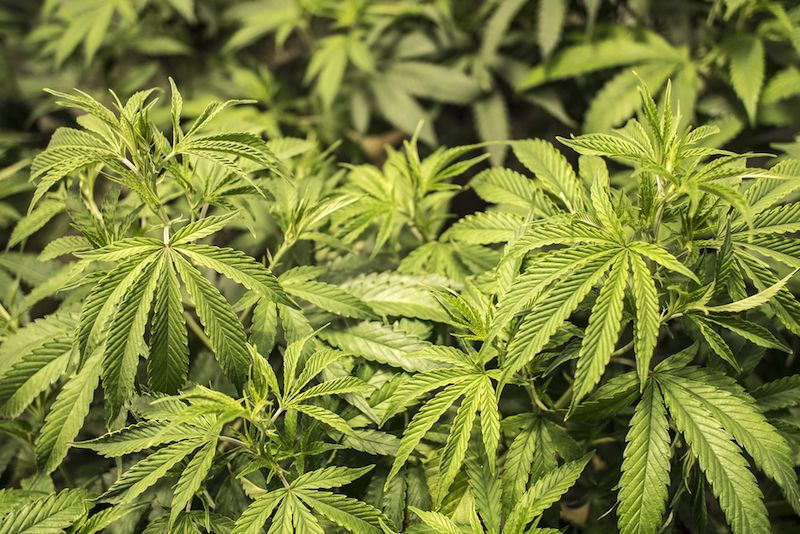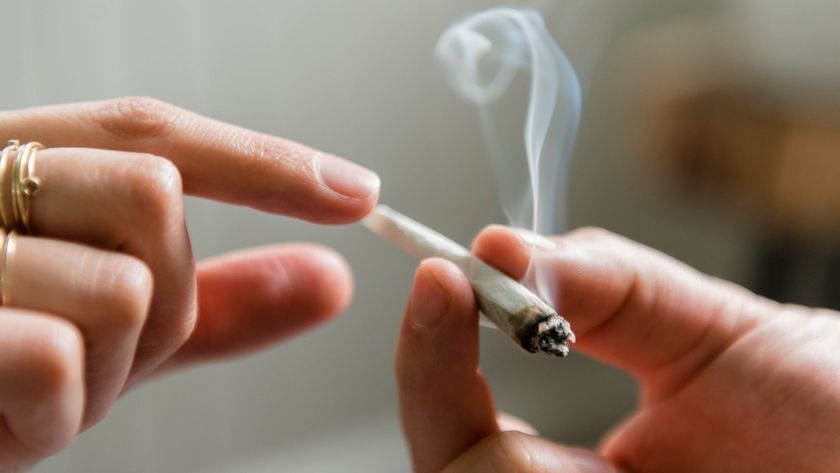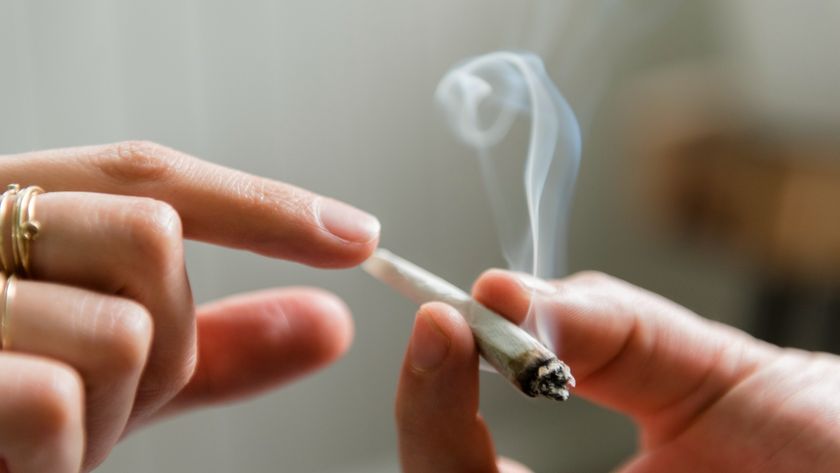US Marijuana Use Grows As Fewer People Worry About the Risks

Marijuana use is on the rise in the U.S., and one reason may be that people perceive the drug as less harmful than people did in the past, according to new research.
The authors of the new study say their findings, published today (Aug. 31) in the journal The Lancet Psychiatry, suggest that more education about the risks of marijuana is needed.
Other reports have also shown that marijuana use is increasing, said lead authorDr. Wilson Compton, deputy director at the National Institute on Drug Abuse. "What's new here is that we've identified the mid-2000s […] as when both the attitudes towards marijuana began to shift and the use of marijuana began increasing as well," he said.
In the study, the researchers looked at data from the U.S. National Surveys on Drug Use and Health from 2002 to 2014, which included self-reported information from a nationally representative sample of nearly 600,000 U.S. adults. This data excluded people who were incarcerated or homeless and not living in shelters, the researchers noted. [11 Odd Facts About Marijuana]
The results showed that, in 2002, 10.4 percent of survey respondents said they had used marijuana in the previous year. In 2014, that percentage was up to 13.4 percent. The percentage of adults who said they had used marijuana for the first time during the previous year rose from 0.7 percent to 1.1 percent over that same period.
Moreover, the percentage of people who reported daily or near-daily use of marijuana rose from 1.9 percent to 3.5 percent during the study period.
Extrapolating the findings to the total U.S. population, the authors estimated that the number of people who used marijuana an average of five days a week more than doubled during the study period, from 3.9 million in 2002 to 8.4 million in 2014.
Sign up for the Live Science daily newsletter now
Get the world’s most fascinating discoveries delivered straight to your inbox.
At the same time, concerns about the risks associated with marijuana use dropped. The survey asked, "How much do people risk harming themselves physically and in other ways when they smoke marijuana once or twice a week?" In 2002, 50.4 percent of adults said they thought there was great risk from marijuana use at that level. That percentage fell to 33.3 percent by 2014.
In the paper, the researchers point out that previous research has linked heavy marijuana use before age 17 to various negative outcomes later in life, including unemployment, an increased risk of using of other illicit drugs and an increased likelihood of attempting suicide. However, many of the possible health effects of marijuana are unclear, and more research in this area is needed, according to the National Institute on Drug Abuse.
The researchers found that both the increases in marijuana use and the decreases in concern about the harm of marijuana began around 2007. By then, 12 states had legalized the use of marijuana for medical purposes.
Increasing levels of abuse, dependence
The researchers also looked at marijuana abuse and dependence through survey questions that asked whether people thought they spent too much time using the drug, and whether they continued to use it despite problems. They found that the percentage of all adults surveyed who reported these marijuana use disorders remained stable from 2002 to 2014, at about 1.5 percent. Among the people who currently used marijuana, the percentage who reported these disorders declined in that time, from 14.8 percent to 11 percent. [Marijuana Could Treat These 5 Conditions]
They found that marijuana use disorders were more likely among people who were young, male, had less education, had depression, used tobacco and other substances, or were not employed full-time. These associations are consistent with those found in previous research.
Because a larger percentage of people are now using marijuana, it's possible that those who have begun recently have better mental health than people who used marijuana when it was perceived as a more harmful substance, the researchers said.
It could also be that newer users are less likely to have developed use disorders just yet but could face that problem in the future, the researchers said.
But all of this reasoning is speculation at this point, Compton said. He stressed the need for further research into the discrepancy between increased use and a steady percent of use disorders. "The National Institute on Drug Abuse is supporting a great deal of work in states and in regions of the country that have experienced the biggest legal and social changes, so we can begin to understand what does the changing social environment lead to in terms of health effects or health issues," Compton said.
The results of the study also suggest that there may be a need to educate people about the potential negative effects of marijuana, the authors noted. Compton added that physicians, specifically, should be more diligent about asking their patients about marijuana use. Even as marijuana use becomes more common, patients may not offer up this information voluntarily, he said.
Original article on Live Science.
Most Popular





